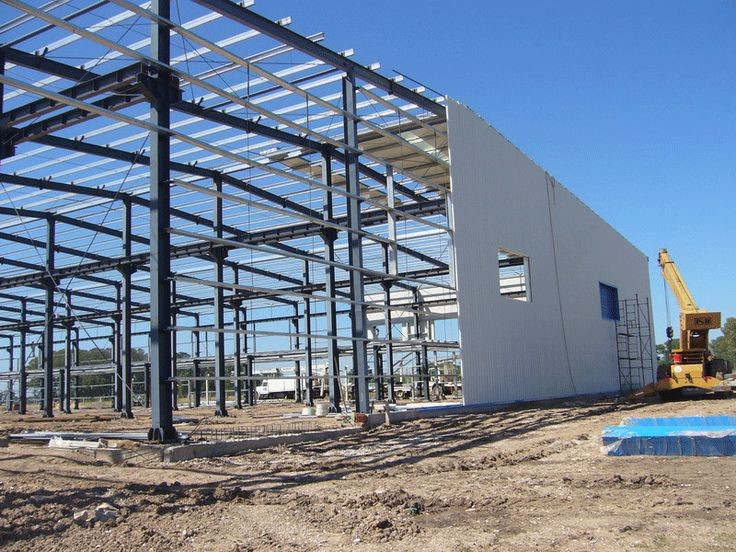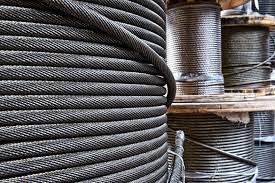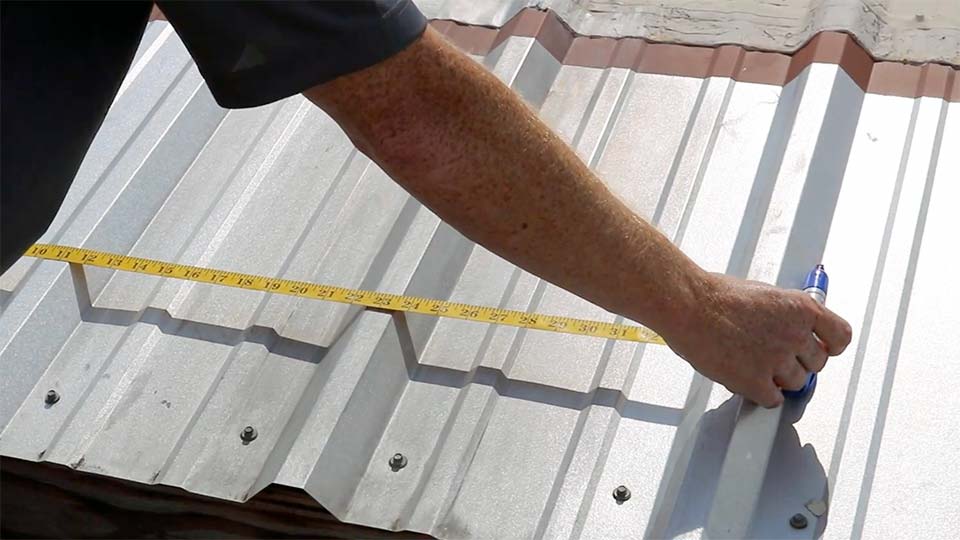Over the recent years, the construction industry has undergone a noteworthy revolution with the advent of cutting-edge building methods taking the spotlight. Among these groundbreaking approaches, light steel frame construction has risen to prominence as a crucial catalyst for change. In contrast to conventional approaches, this cutting-edge construction method provides a diverse range of advantages. These include enhanced durability, cost-effectiveness, and a significant emphasis on promoting environmental sustainability. We will delve deeper into the intricacies of light steel frame construction, exploring its merits, applications, and prospects for the future.
Understanding Light Steel Frame Construction
What is Light Steel Frame Construction?
Light steel frames construction is a modern building method that utilizes cold-formed steel sections to create sturdy structural frames. The use of lightweight steel components makes this technique particularly advantageous as it combines strength with flexibility. Prefabricating the steel sections off-site and subsequently assembling them on-site results in a considerable reduction in construction time, leading to enhanced efficiency in the overall building process.
Advantages of Light Steel Frame Construction
Strength and Durability: Light steel frames boast exceptional strength, enabling them to withstand various environmental conditions, including earthquakes and high winds. This durability ensures that structures built using this technique have a prolonged lifespan.
Sustainability: Light steel frame construction is an eco-friendly alternative to conventional building methods. The steel used is often recyclable, reducing the environmental impact and promoting sustainable construction practices.
Design Flexibility: Builders and architects enjoy design freedom with light steel frames construction. The versatility of steel allows for the creation of unique and complex structures, providing a wide range of architectural possibilities.
Cost-effectiveness: Despite its advanced features, light steel frames construction can be cost-effective in the long run. Reduced construction time, minimal maintenance requirements, and energy efficiency contribute to overall cost savings.
Application of Light Steel Frame Construction
Residential Buildings: Light steel frame construction has gained popularity in residential projects, from single-family homes to multi-story apartment complexes. Its quick assembly and lightweight nature make it an ideal choice for urban housing solutions.
Commercial Structures: From offices to shopping malls and hotels, light steel frames construction is well-suited for commercial buildings. The capability to design expansive, open spaces while maintaining structural integrity makes it an appealing choice for commercial developers.
Industrial Projects: Light steel frames are also used in industrial settings, such as warehouses and factories. The strength and durability of steel ensure the safe storage of goods and equipment.
Institutional and Educational Buildings: Schools, healthcare facilities, and government buildings have also embraced light steel frames construction due to its speed of construction and adaptability to various architectural styles.
Conclusion
Light steel frame construction is transforming the way we build, offering a sustainable, durable, and cost-effective solution for modern structures. The combination of its versatility and design freedom empowers architects and builders to craft inventive designs that cater to the evolving needs of the modern-day construction industry in the 21st century. As technology continues to advance, we can expect further refinements and improvements in this revolutionary construction technique. Embracing light steel frames construction is not just a step towards progress; it’s a leap into a greener, more efficient future.




